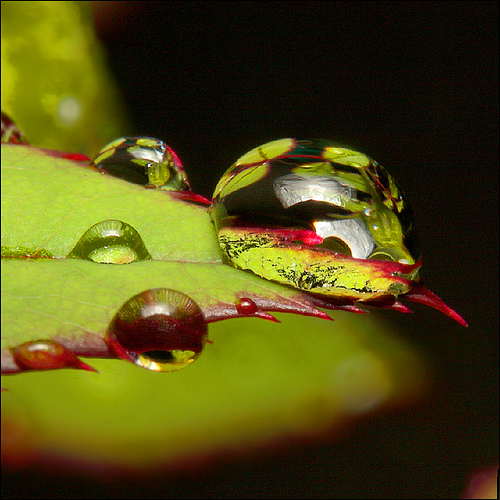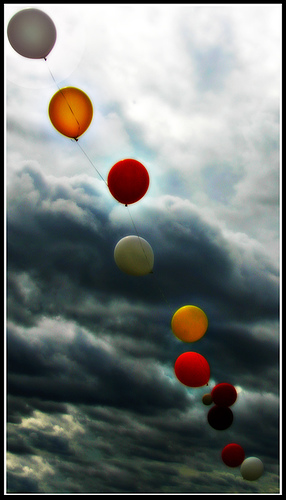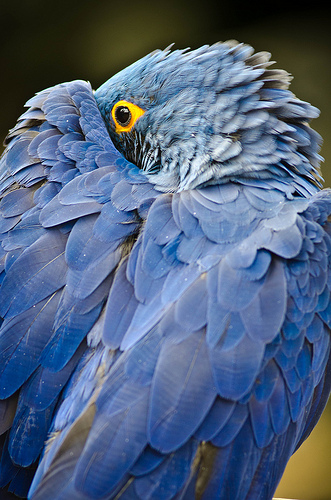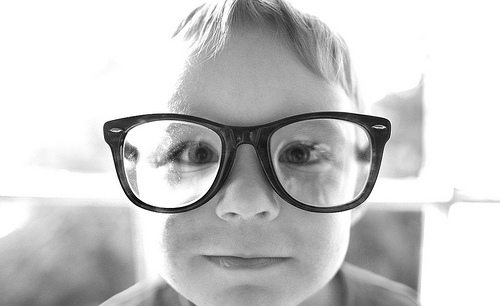Zooming In on the Details
We’re starting a detailed look at moving camera shots. Moving shots in a movie are crucial in telling the viewer to pay attention and watch not just what or how is happening but why. With the camera zooming in or pulling back, or panning across a scene, specific details are shown in the action that mustn’t be missed. Novelists can utilize the same technique to supercharge their novels. instead of showing scenes from one set, stagnant angle, they can make their scenes dynamic, fluid, riveting, by moving the camera around.
We took a brief look in last week’s post at the Zoom shot to understand how it works and how it’s used. Zooming in on something is not just common in movies, we do it all the time in real life. We zoom in close to read the fine print on an instruction sheet or the back of a cereal box. We Zoom in closer to the mirror to get a better look at an annoying blemish on our face. There are many moments in a novel in which a Zoom shot is exactly what’s needs, and oftentimes the high moment a writer wants to reach is best reached by way of a Zoom.
Honing In on the Details
In the movie The Bourne Identity, screenwriter Tony Gilroy gives us a Series of Shots that gradually zoom in closer and closer until the important items for the scene are shown. Although this feels predominately like a Close-Up, we draw in close as Castel moves from the door to the pile of books, then the camera hones in on the box and then what’s inside the box. The high moment for this segment of scene is the revealing of the contents of the box.
INT. STORAGE WAREHOUSE ELEVATOR — DAY
CASTEL and THE ELEVATOR OPERATOR — rising slowly through the dark warehouse and —
INT. CASTEL’S STORAGE UNIT — DAY
Darkness — a key turning — door opening — light goes on to reveal CASTEL standing there and we’re in —
CASTEL’S STORAGE UNIT. What’s in here? Like nothing. Like a stack of old newspapers in the corner. Some mildewed books piled along one wall. Some plastic chairs.
QUICK TIME CUTS
CASTEL working fast. Closing the door. Moving to the pile of books. Taking the top book off. Opening it.
INSIDE THE BOX — a timer. A small bomb. A booby-trap.
An LED light stops flashing as CASTEL’S HANDS code in his password and —
CASTEL moving to the newspapers stacked in the corner. Pulling away the top pile and —
A METAL LOCK BOX. Hidden here. CASTEL pulling it out. Opening it. An empty tray on top and —
CASTEL taking off his watch. Taking off his rings. Taking out his wallet. His Spanish passport. Emptying his pockets. All of this goes into the empty tray and —
CASTEL lifting away this top tray — setting it aside and —
THE METAL LOCK BOX — there’s more — a much larger bottom compartment — and it’s deja-vu all over again — we’re looking at the identical contents we saw Bourne find in the Zurich safe-deposit box.
First of all . . . MONEY. Lots of it. Ten thousand dollar stacks of hundreds. Lots of them. A GUN. A very good gun. A dozen clips of ammo. And FIVE MORE PASSPORTS. All clean. Brand new. All with his photo. Five different names. Four different countries. Each one of these pristine clipped to a piece of card stock that says:
NAME:
NATIONALITY:
PLACE OF ISSUE:
SIGNATURE SAMPLE:
A BAR CODE:
Two Italian. Two Spanish. A Portuguese.
CASTEL going for the Portuguese passport and —
EXT. ALPS HELICOPTER SHOT — DAY
The little red car driving through The Alps.
Think, then, about scenes in your novel in which an important detail needs to be shown or revealed. Instead of just showing it or talking about it, think how you can start your “camera” further back, giving a more general overview of what is happening with your character, then narrowing both your character’s attention and the camera’s focus to move in closer and pay attention to something “small” that needs to be magnified. This is the power of the Zoom shot and it will supercharge your scenes.
Pairing Literal with Figurative
In Meg Moseley’s debut novel When Sparrows Fall, we watch her two main characters holding a discussion in a barn. The scene starts off with a Full Shot of the two of them. A lot of writers would leave the camera there and shoot the entire scene from that one angle. But Moseley doesn’t. She very deliberately, at just the right moment, zooms in on what’s crucial to the scene—the revelation Jack will come to—which is a vital element of the novel. By pushing that camera in close to see the small details, the scene is powerful. In fact, almost every time I read this segment in my workshop, I get choked up—because I know the import of the moment. But it’s also because Moseley does a terrific job building to her high moment.
Jack moved to the doorway. Leaning against the massive timbers, he studied her profile. Her lower lip trembled.
“What about the children?” he asked, assailed by vague fears. “Why do you mention them and Mason in the same breath?”
She faced into the gloom of the barn again, silhouetted against the sunset. “It’s nothing sordid.”
“What is it?” He moved closer, wishing physical proximity could help him drag the truth out of her. “Tell me.”
Breathing fast and shallow, she said nothing.
He realized he was framing her, as if he were the photographer now. Memorizing her. In case she sent him away for being a bully. In case he never saw her again.
The sun caught the quilt on her shoulder in a golden spotlight. The fabrics in the wide border of the quilt didn’t quite match the worn and faded fabrics in the center section. In one corner of the center piece, the sun highlighted small holes where someone had pulled out stitches that must have been made with thick thread. The stitches had left ghosts of themselves, perhaps the remnants of lettering. Like the names she’d embroidered on crib quilts.
Drawn closer still, Jack traced the ghost-stitches with one finger. Seven or eight letters, maybe.
He stopped breathing.
Everywhere, sets of seven. Seven dried roses in the wreath on the door. Sets of seven drawn on the cover of the attendance book. Six angels in the Christmas cupboard and one more hidden in the kitchen. Six baby quilts, and this one—but only six children.
“Dear God,” he said.
Miranda said nothing.
Now here’s something to consider. Jack draws close; the camera pushes in. What he sees in this Extreme Close-Up startles him with realization. And what that triggers, essentially, is a mental Pull Back. He doesn’t literally back away, but his awareness pulls back to encompass a bigger picture. As he pieces together the bits of information that lead him to his startling conclusion, the bigger, overarching plot elements of the novel come into focus.
There are few moments more profound in novels than the ones in which a character starts seeing the “big picture.” When a novelist utilizes a figurative Pull Back expertly, he’s created a powerful, unforgettable moment. And we’ll look at this in more detail in the next posts on Pull Backs.
This week, find some moments in your novel in which you can really zoom in. Start father away, both figuratively and literally. Find a way to have your character realize something big as they zoom in on something small.












These camera angle techniques are great! I’ve never noticed these things or thought about using them until now, but I can see how this one would really highlight an important detail in the scene. Awesome example!